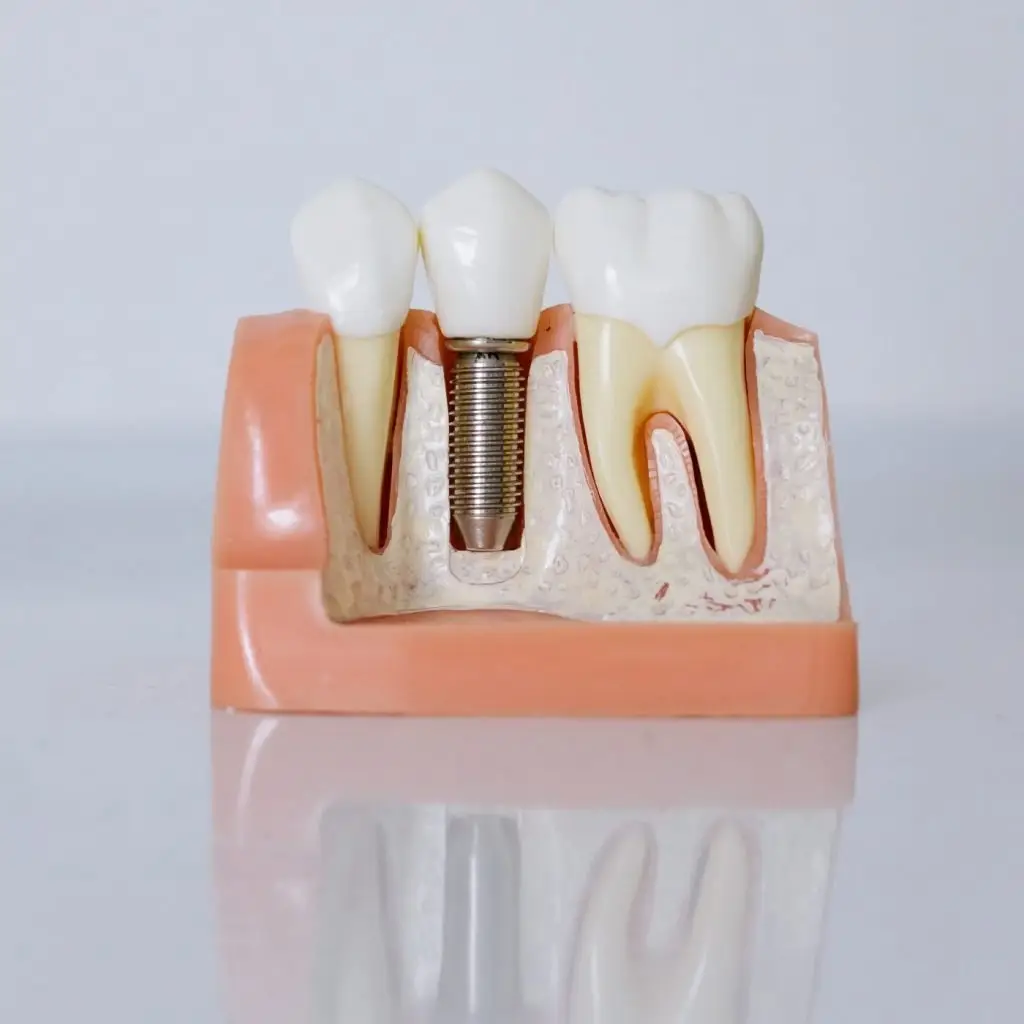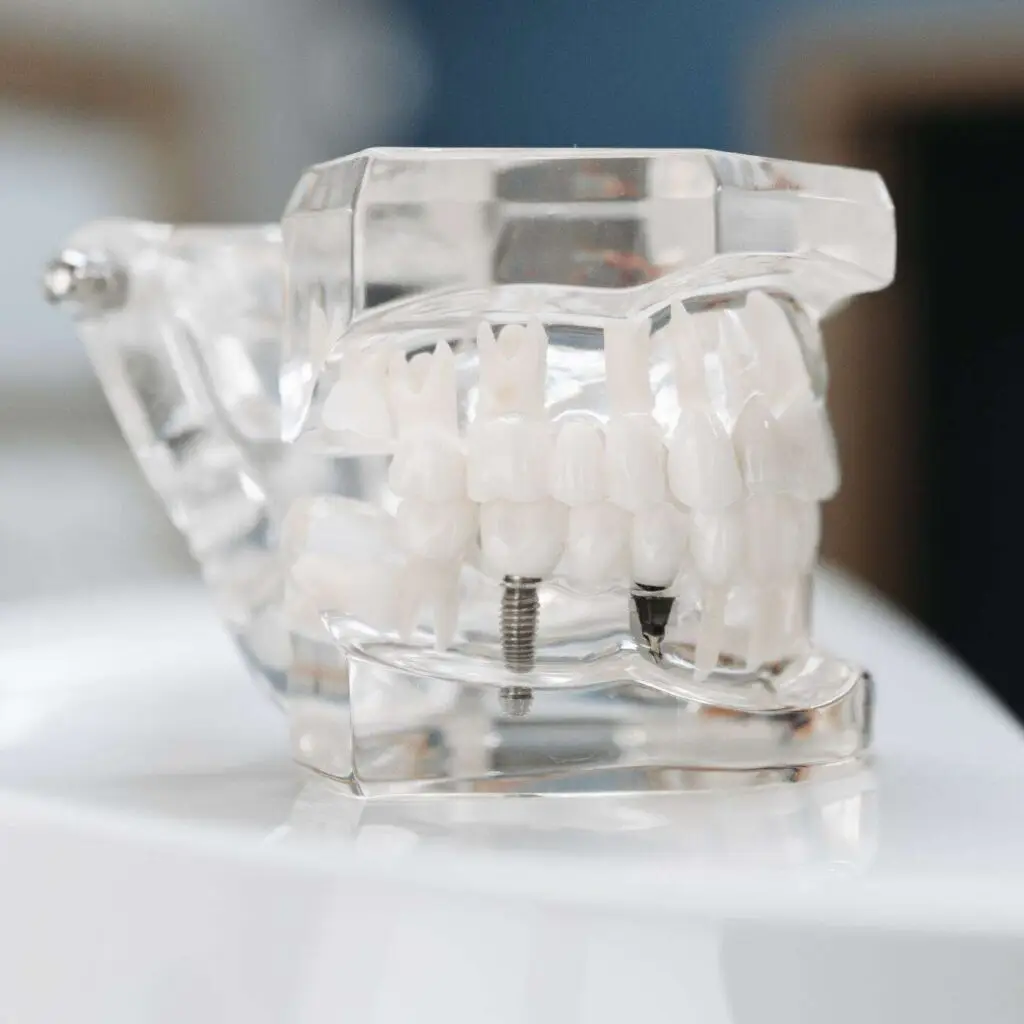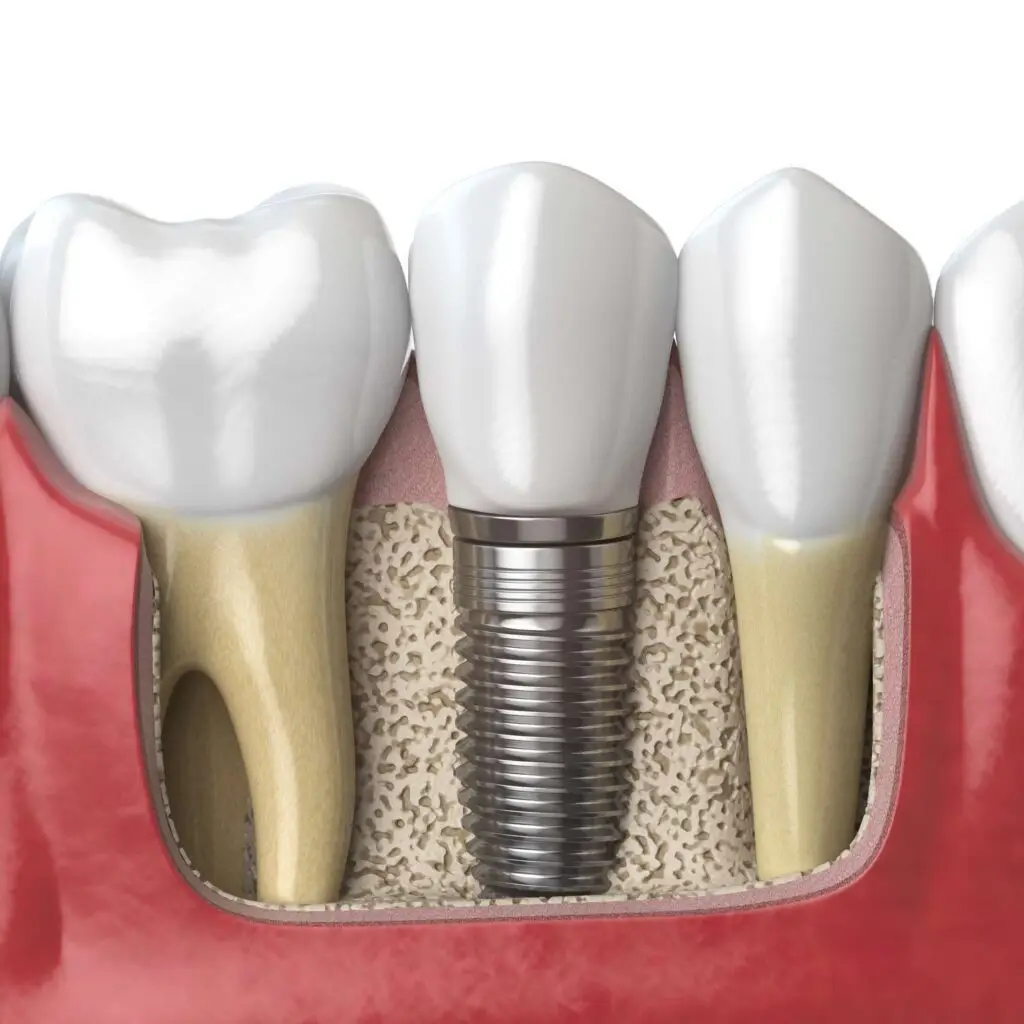What are Dental Implants? Types, Cost & all you need to know
With our comprehensive guide, you will understand exactly what dental implants are and the different types available depending on your needs!
Get completely informed and start your dental implant journey from the hands of the best experts in your area.
Table of Contents
What is a Dental Implant?


How Do They Work?
Types Depending on Your Needs
- Mini Implants: Mini implants are smaller than traditional implants and are often used when the space for tooth replacement is limited. They are also a good option for securing lower arch dentures.
- Endosteal Implants vs. Subperiosteal Implants: Endosteal implants, often referred to as traditional implants, are the most widely used type. They are placed directly into the jawbone, serving as a solid base for artificial teeth, and are suitable for patients with adequate bone density. Subperiosteal implants, on the other hand, are positioned on top of the jawbone but beneath the gums. They are ideal for patients lacking sufficient bone height and unable to undergo bone augmentation.
- Pterygoid Implants: These implants are placed in the pterygoid plate of the sphenoid bone, located in the upper jaw behind the maxillary sinus. Pterygoid implants are used when there’s insufficient bone in the upper jaw, eliminating the need for bone grafting.
- Nasal Implants: Nasal implants are used for patients with insufficient bone height in the upper jaw. They are placed on the nose floor, providing an alternative to more complex procedures.
- Zygomatic Implants: Zygomatic implants are longer than traditional implants and are anchored in the zygomatic bone. They are used when a patient has insufficient or no bone in the upper jaw and offer an alternative to complex bone grafting procedures.
Benefits of Dental Implants
The Procedure
Dental Implant Failure and Care

What is a dental implant?
A dental implant essentially a post usually made in titanium or similar materials gets surgically inserted into the jawbone to act as the tooth root for a missing tooth providing a solid base for artificial teeth.
How do dental implants work?
Once the implant is placed into the jawbone during the surgery there’s a subsequent healing period during which the implant will fuse with the bone. This process called osseointegration lasts between 3 to 6 months and is vital for the long-term success of the implants preventing implant failure.
What types of dental implants are available?
Mini Implants, Endosteal Implants vs. Subperiosteal Implants, Pterygoid Implants, Nasal Implants, Zygomatic Implants.
What are the benefits of dental implants?
Teeth or tooth implants provide several benefits including preserving the jawbone improving oral health and offering a stable and long-lasting solution for missing teeth.
How much do dental implants cost?
The cost of dental implants varies depending on the implant type the procedure’s complexity the number of implants the location of their placement and other factors.
Are you a candidate for dental implants?
Candidates for traditional implants should have good oral health and sufficient bone density to support the implant; if not other alternatives like zygomatic implants can be an option.

How Much Do They Cost?
Are You a Candidate for Implants?
Conclusion
Bibliography
- “Types of Dental Implants,” American Academy of Implant Dentistry.
- “Osseointegration and Dental Implants,” NCBI.
- “Dental Implant Procedure,” WebMD.






